
Seminar
Emerging Trends in Aerospace Power: Options for Pakistan
The term “Aerospace” encompasses both the Earth’s atmosphere and the expanse of outer space. In the realm of strategic considerations, the formulation of airpower has matured over time, yielding a wide array of applications. However, the concept of space power is passing through an evolutionary phase. Nevertheless, space power has the ability to bestow even greater flexibility and strategic reach to military operations than its aerial counterpart. As the boundaries between terrestrial and celestial domains continue to blur, space has emerged as an increasingly pivotal arena for projecting national power, spanning civil and military spheres alike.
The conjunction of air and space constitutes two distinct yet interrelated mediums, each possessing unique physical attributes. Notably, both realms uphold the fundamental tenets of airpower encompassing traits such as speed, range, elevation, and the capacity to engender combative effects in support of terrestrial forces. This extends to functions like enhancing mobility, gathering intelligence, waging cyber warfare, and more. Strategists are vigorously pursuing advancements in hypersonic and trans-atmospheric vehicles, with the aim of harnessing their potential in the broader aerospace landscape.
Though placement of Weapons of Mass Destruction (WMD) in space is banned under the Outer Space Treaty (OST) of 1967, it specifically leaves room for states to assert their dominance in space by placing all other types of weapon systems. The imminent militarisation of space shall be accompanied by establishment of intricate and multifaceted ecosystems. Several ‘Earth to Space’ and ‘Space to Space’ anti-satellite weapon systems already exist. The Strategic Defence Initiative, designed to counteract hostile Intercontinental Ballistic Missiles (ICBMs) after they have been launched, represents another array of Space to Space weapons. Former Soviet Union’s deployment of the ‘Fractional Orbital Bombardment System,’ which enabled the placement of nuclear warheads in Low Earth Orbit (LEO), shows the rapid progression of space militarisation in ‘Space to Earth’ domain. Evidently, the utilisation of space for combative pursuits is an enduring feature of contemporary strategic dynamics.
Aerospace strategists are endeavouring to seamlessly integrate air and space capabilities. Leading air forces are actively pursuing policies and technological advancements to secure their positions in the domain of space operations as well. While diverse approaches are evident, ranging from the establishment of autonomous space forces to the adoption of integrated aerospace force models, the overarching goal is to harness the potential of these interconnected domains. Notably, India has centralised its space assets under the purview of the Indian Defence Space Agency (DSA), a tri-service entity.
Pakistan’s foray into the space domain remains in its nascent stages, characterised by a substantial lag when juxtaposed with its principal adversary. This discrepancy underscores the necessity of revisiting Pakistan’s space policy, redefining the national space vision, and recalibrating the space strategy. A cogent imperative emerges to articulate clear objectives aimed at cultivating and capacitating a proficient force entrusted with safeguarding national security interests in the space domain. It is, therefore, vital to establish clear milestones for developing a viable response against likely national security threats emanating from space. Pakistan Air Force (PAF) is entrusted with the responsibility of defending the airspace of Pakistan. Due to proximal affinity of airspace and space mediums’ continuum, the PAF appears as most probable entity to take charge of space warfare as well.
Keeping these considerations in perspective, the seminar titled, “Emerging Trends in Aerospace Power: Options for Pakistan” delved deeply into the complexities of this realm. The overarching objective was to gain strategic insights through interaction with experts in the field, and to chart a set of actionable strategies as well as a tangible roadmap for Pakistan’s space programme.
Key Takeaways
There is an urgent need to modernise and harmonise international space laws to ensure effective global space governance, prevent an arms race in outer space, and address emerging threats such as space debris, weaponisation, and territorial claims. As space dominance increasingly shapes modern warfare and national security paradigms, India has secured a clear advantage through strategic foresight, consistent policy direction, strong leadership, robust research and development, and proactive international partnerships. In contrast, Pakistan continues to lag behind due to institutional limitations, financial constraints, lack of a cohesive national space strategy, limited international engagement, and an underdeveloped ecosystem for innovation and public-private collaboration in the space sector.
Policy Considerations
Pakistan should formulate a comprehensive National Space Policy with inclusive stakeholder engagement and strong public-private partnerships, supported by appropriate resourcing. Legislative provisions must be updated to include space in the federal list and align national laws with international space law. A strategic R&D framework should be established to support the domestic production of dual-use technologies and promote international cooperation. Public awareness and education about the importance of space should be integrated at all academic levels. Key technical priorities include launching communication and remote sensing satellites, developing specialised sensors, establishing a national positioning and navigation satellite system, and investing in counter-space capabilities by adapting existing missile technology.

Post Event Report
A comprehensive overview featuring key insights, expert discussions, and strategic takeaways from the event.
Explore speaker highlights, recommendations, media coverage, and event photographs.
Guest Speakers
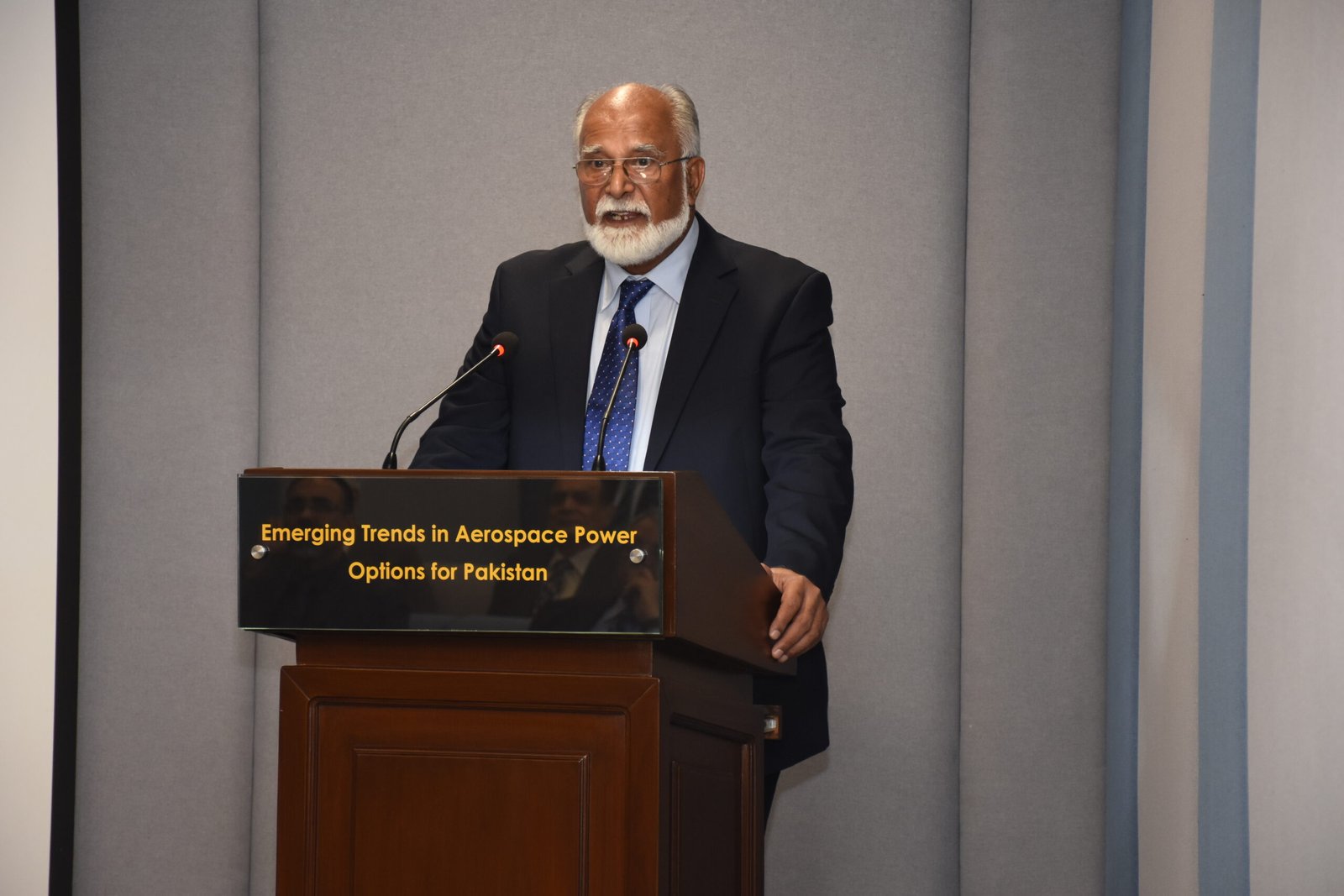
Major General Ahmed Bilal (Retd)
Former Chairman, SUPARCO
Dr Ali Sarosh
Associate Professor, Air University Islamabad
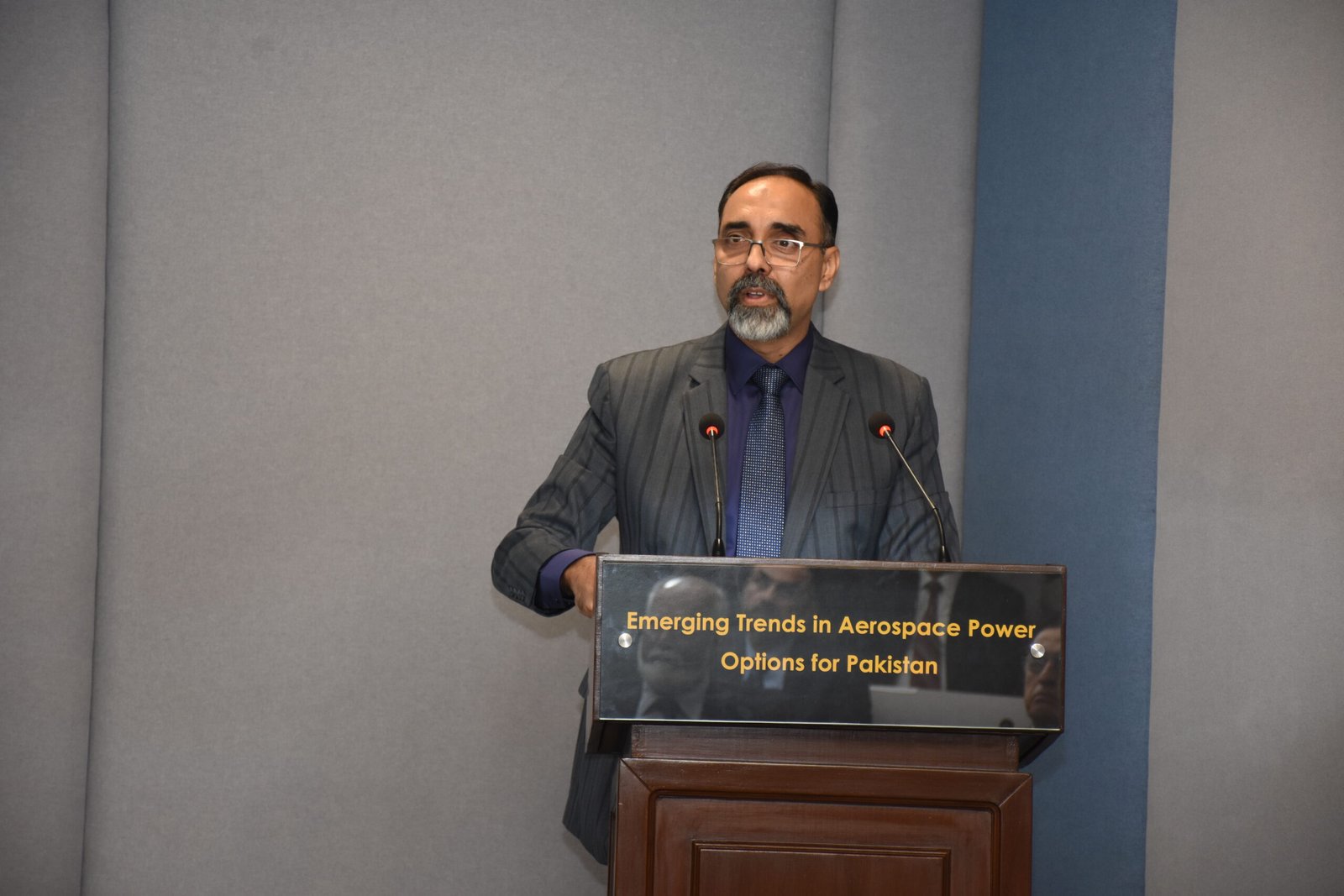
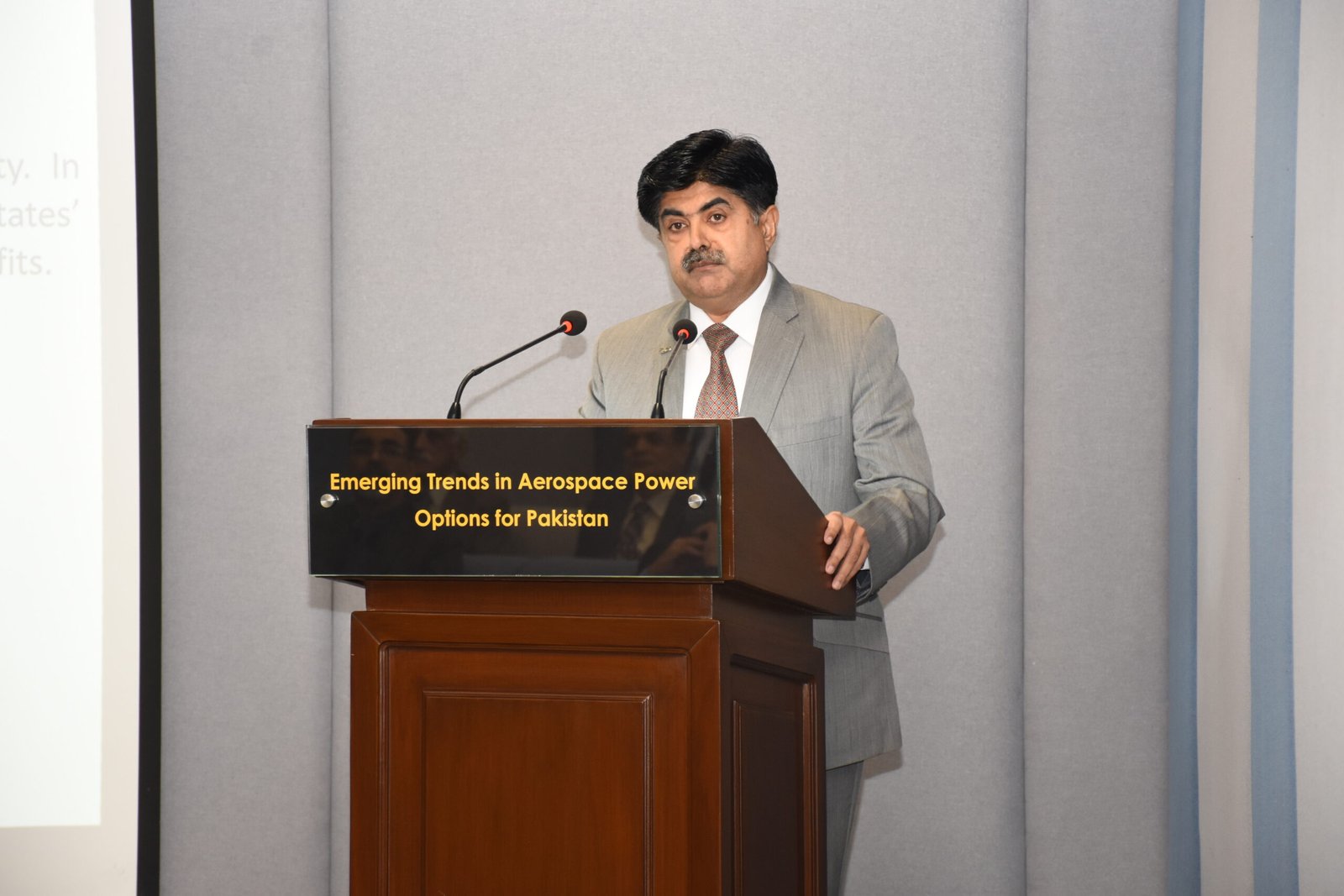
Dr Ahmed Saeed Minhas
Pro Vice Chancellor, DHA Suffa University, Karachi
CASS Speakers
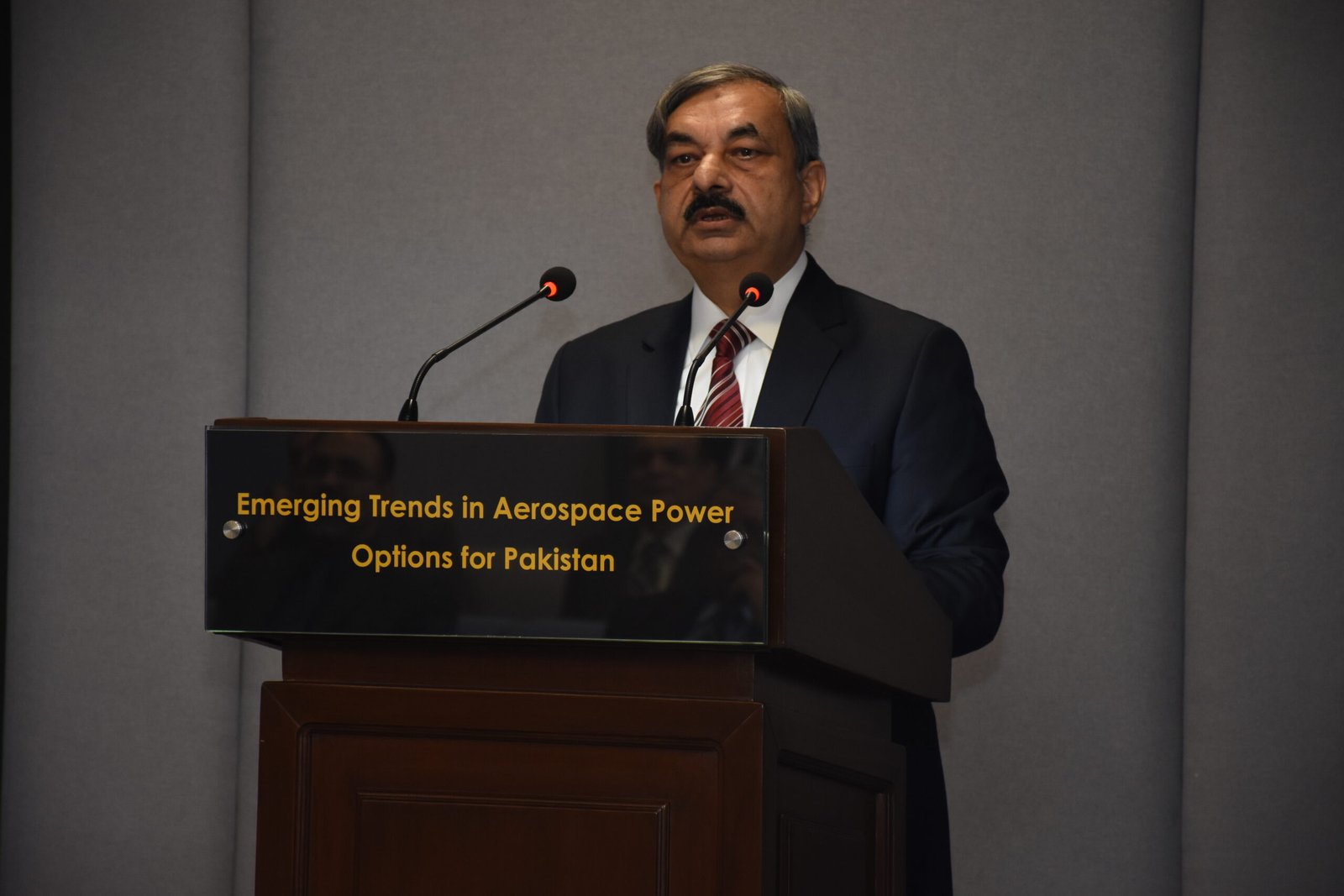
Air Commodore Khalid Iqbal (Retd
Director National Security, CASS Lahore
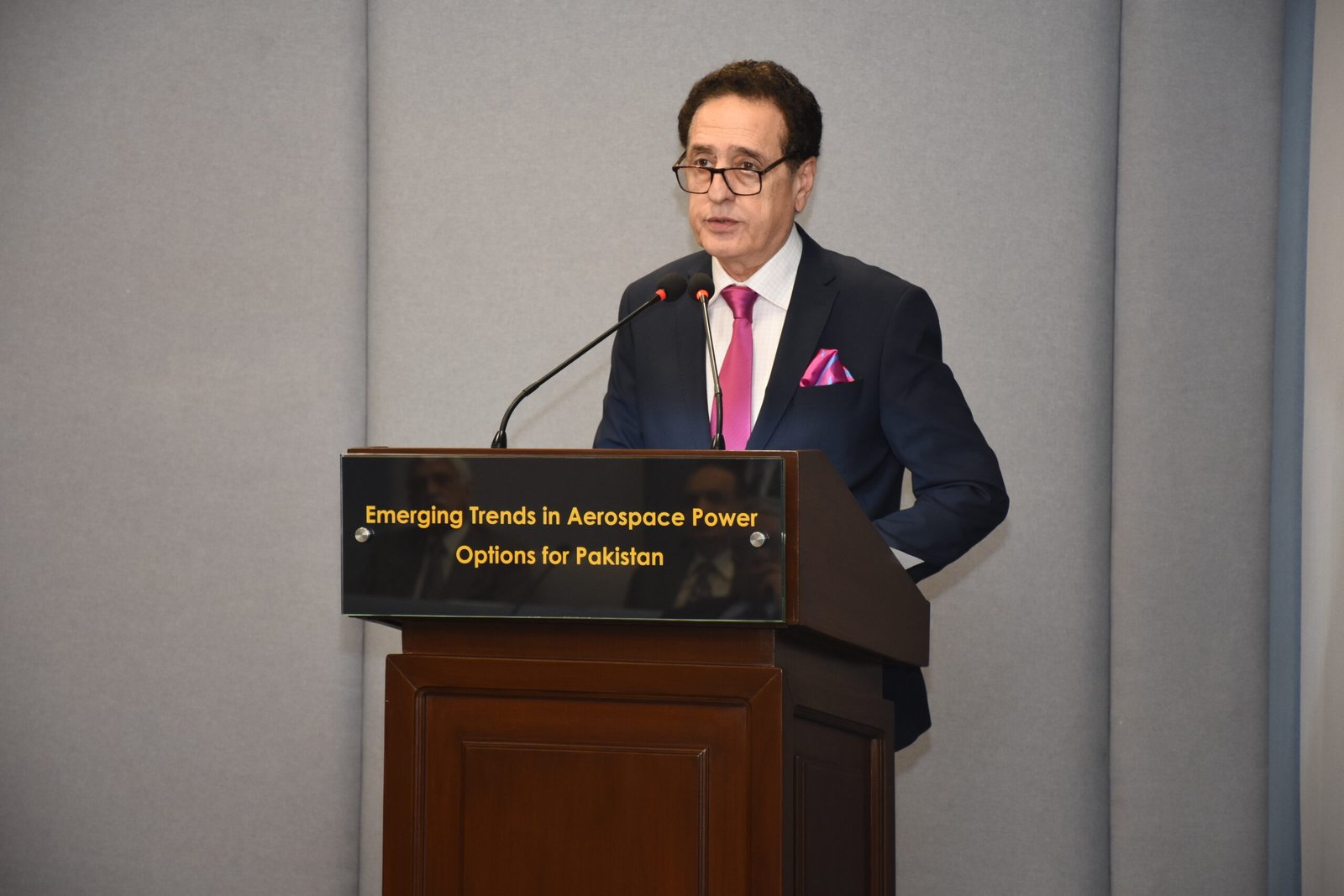
Air Marshal Asim Suleiman (Retd)
President CASS, Lahore
Master of the Ceremony
CASS LAhore

The Centre for Aerospace & Security Studies (CASS) was established in July 2021 to inform policymakers and the public about issues related to aerospace and security from an independent, non-partisan and future-centric analytical lens.


